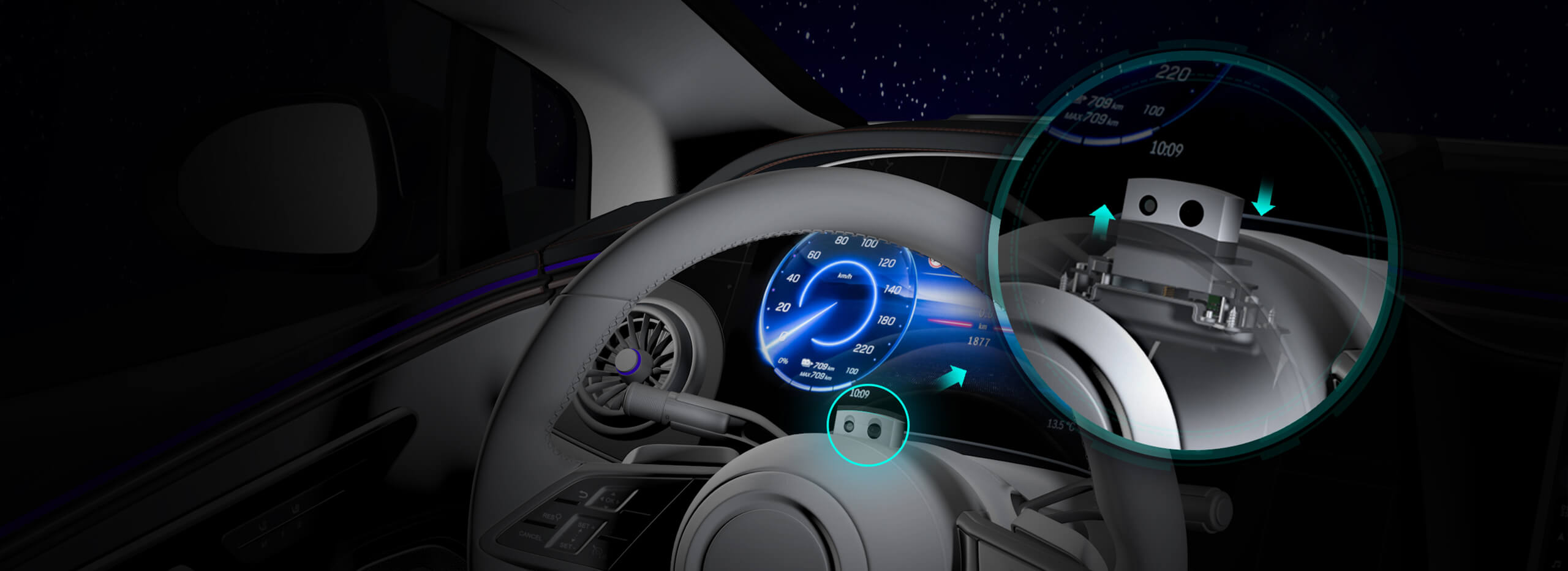Imagine a device so versatile and precise that it can rotate to almost any angle you desire — from full 360-degree spins to just a slim 10-degree tilt. Welcome to the enthralling universe of servomotors, tiny but mighty components that drive the automation revolution across countless industries, from robotics to aerospace. But when people ask, “Cuánto grados gira un servomotor?” they’re not just curious about numbers—they’re seeking to understand how these small marvels can deliver such precise and reliable movement.

Servomotors are unlike your basic motors. They blend motor, geartrain, control circuitry, and feedback mechanisms into a compact package that makes intricate motion possible. The core idea? They can be commanded to move to specific positions, hold them steady, or sweep through angles as part of a broader automation system.
The Basics of Servomotor Movement
At their heart, servomotors are designed to deliver controlled angular movement. When you set a servomotor, you’re instructing it to rotate to a certain position—say, 45° or 180°—and hold there. This motion isn’t just a simple spin; it’s a precise maneuver governed by signals, typically PWM (Pulse Width Modulation), which tell the servo exactly how far to turn.
Now, when questioning the extent of their rotation, people often wonder about the number of degrees a typical servo can achieve in one move. This is a fundamental feature that defines how much flexibility you have within your project.
Standard Servomotors: The Conventional Range
Most classic hobby servomotors, the ones you see in remote-controlled cars or airplanes, are designed to rotate a fixed range—commonly between 0° and 180°. Why 180°? It’s a sweet spot that balances mechanical ease and effective control. This range allows the servo to perform all sorts of tasks: opening a robotic hand, steering a model car, or adjusting a camera angle.
But hardware manufacturers aren’t limited to just this range. Many servomotors are capable of turning more than 180°, sometimes up to 270°, 300°, or even full 360° rotations. These global angles open up creative possibilities, from continuous rotation wheels to complex robotic arms.
The Magic of Continuous Rotation Servos
Here’s where the story gets even more interesting: not all servos are restricted to limited angular movement. Some are specially designed or modified to perform full 360° rotation or more, making them behave more like motors than traditional servos.
These are called continuous rotation servos, and they don’t adhere to a specific position. Instead, they rotate freely in either direction, with the control signals dictating speed and direction rather than an exact angle. They’re perfect for applications like wheel drives or conveyor belts, where continuous movement is needed.
What Limits the Rotation?
Now, you might wonder, Why don’t all servos rotate all the way around? It boils down to internal mechanical design and control circuitry.
Most standard servos incorporate a gear train, which translates the motor’s rotation into a precise movement range. These gears are designed to stop at the limits—like a mechanical endpoint—preventing over-rotation. This mechanism ensures the servo doesn’t spin endlessly, which could damage the gear or lose control of the position.
In contrast, for those specialized models that can rotate continuously, the internal gears are modified or configured differently, usually with the gears not stopping at a specific limit but allowing free rotation.
The Role of Feedback and Control
A key component of all servomotors is a feedback system—usually a potentiometer attached to the output shaft—that constantly tells the control circuitry where the shaft is positioned. When you command a servo to move, it compares its current position with the target and adjusts the motor’s motion accordingly.
This closed-loop system ensures each movement is precise—whether it’s a 45-degree tilt or a full 180-degree sweep. The result? Predictable, repeatable, and highly controllable motion.
Stay tuned for Part 2, where we’ll explore how the range of rotation affects practical applications, the factors that influence the degrees of movement in different servo types, and innovative ways engineers and hobbyists leverage these capabilities to build smarter, more dynamic machines.
Kpower has delivered professional drive system solutions to over 500 enterprise clients globally with products covering various fields such as Smart Home Systems, Automatic Electronics, Robotics, Precision Agriculture, Drones, and Industrial Automation.




































